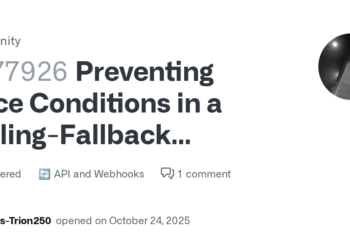Select Language:
Longest Serving Political Leaders: A Look at Leaders Who Have Stayed in Power the Longest

1. King Bhumibol Adulyadej of Thailand (1946-2016)
King Bhumibol Adulyadej, known as the “King Rama IX,” remains one of the longest-serving monarchs in history. Ascending to the throne in 1946, he reigned for an unprecedented 70 years until his death in 2016. Although a constitutional monarch, his influence on Thai politics and society was profound. His leadership provided stability during turbulent times, and his philanthropic efforts earned him immense respect across the nation.
2. Fidel Castro of Cuba (1959-2008)
Fidel Castro’s influence on Cuba lasted over five decades. After leading the Cuban Revolution in 1959, he became the country’s prime minister and later president. Castro’s leadership shaped Cuba’s political landscape, economy, and society for nearly 50 years. Despite various controversies and international sanctions, Castro remained a symbol of resistance and socialist ideology until he stepped down due to health issues in 2008.
3. Mahathir Mohamad of Malaysia (1981-2003, 2018-2020)
Mahathir Mohamad is uniquely notable for his two terms as Malaysia’s prime minister, totaling around 24 years. His first term from 1981 to 2003 transformed Malaysia into a leading emerging economy. After a decade-long hiatus, he returned to serve again from 2018 to 2020, becoming the oldest sitting head of government at 92 years old. His leadership is credited with modernizing Malaysia, but also criticized for authoritarian tendencies.
4. Queen Elizabeth II of the United Kingdom (1952-2022)
Queen Elizabeth II was the longest-reigning monarch in British history, with over 70 years on the throne. Ascending in 1952, her reign saw significant social and political change across the Commonwealth. While her role was largely ceremonial, she remained a central figure of stability for decades. Her legacy endures as a symbol of continuity in UK and world history.
5. Paul Biya of Cameroon (1982-present)
As Cameroon’s president since 1982, Paul Biya has maintained his grip on power for over four decades. His tenure has been marked by political stability for some, but also by authoritarian accusations, electoral controversies, and accusations of suppressing dissent. Biya’s long presidency highlights the challenges of democratic transition in some African nations.
6. Qaboos bin Said of Oman (1970-2020)
Qaboos bin Said ruled Oman for 50 years, succeeding his father in 1970. His reign was characterized by modernization and development, steering the country through economic reforms and social progress. Qaboos also played a notable role in regional diplomacy, maintaining Oman’s position as a neutral and influential state until his death in 2020.
7. President José Eduardo dos Santos of Angola (1979-2017)
José Eduardo dos Santos was Angola’s president for nearly four decades. His leadership saw the country transition from a war-torn nation to an oil-rich economy, although his tenure was also marred by corruption allegations and accusations of suppressing political opposition. Despite criticism, he maintained control until stepping down in 2017.
8. King Hassan II of Morocco (1961-1999)
King Hassan II led Morocco for nearly four decades. Known for navigating the country through numerous political upheavals, Hassan II was a key figure in shaping modern Morocco’s political landscape. His monarchy maintained power through a combination of reforms and firm control, and his legacy influences Moroccan politics today.
Key Takeaways
Understanding the longevity of these leaders offers insight into how political stability, modernization, and governance can be intertwined. While some leaders managed to leave enduring legacies, others faced criticism for authoritarian tendencies or suppression of opposition. Their tenures reflect the complex dynamics of leadership in different regions and eras, emphasizing that staying in power requires a mixture of strategic governance, societal support, and sometimes, authoritarian control.
Note: The political landscape is constantly evolving. The information presented here reflects the most current data available as of 2025, and the status of these leaders continues to develop.







